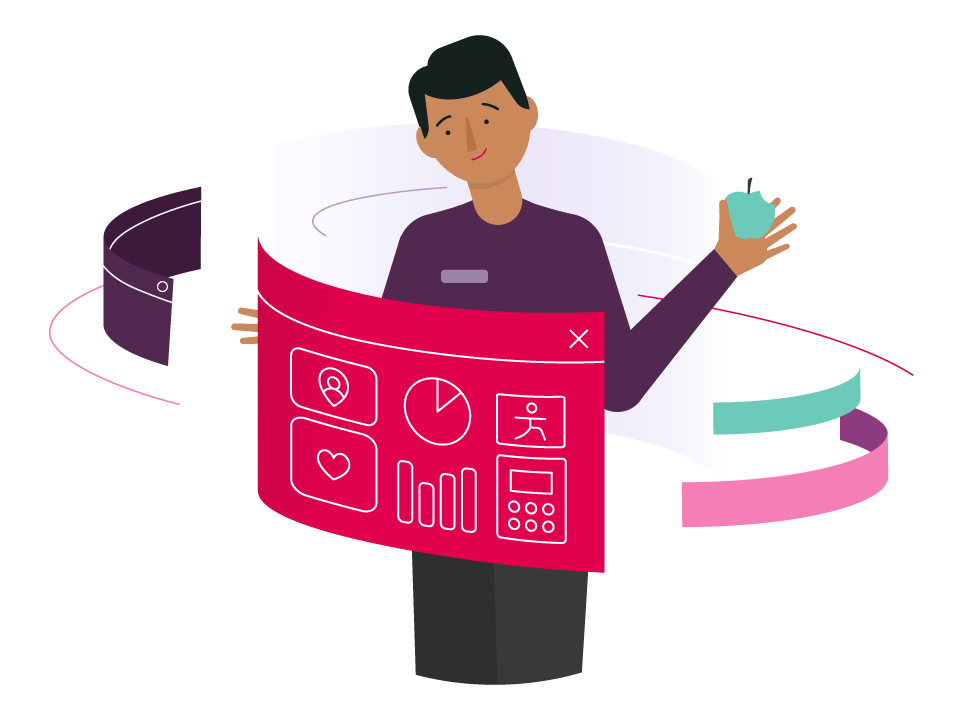You may be able discuss choices of anaesthesia and post-op pain relief with your anaesthetist.
The anaesthetist is responsible for pre-medication before the surgery, your anaesthesia and wellbeing during surgery, any blood transfusions you may need and your post-operative pain relief.
Ask your surgeon if you can meet with the anaesthetist before the day of the procedure. This way you won’t be hurried or stressed and can be involved in the planning.
For all cervical and most other laminectomies, general anaesthetic is used. Occasionally an anaesthetist may offer spinal anaesthetic with sedation for a lumbar laminectomy.
General anaesthetic
With a general anaesthetic, you’ll be unconscious for your procedure and a tube will be inserted into your throat to help you breathe. You may wake up with a sore throat from the tube. General anaesthetics often cause post-operative nausea and vomiting. A general anaesthetic may be combined with a local anaesthetic for pain relief after your surgery.
If you’re overweight or obese, there are increased risks associated with general anaesthesia.
Spinal anaesthetic and sedation
Spinal anaesthetic is an injection of local anaesthetic into your back. You stay conscious but it makes you go numb so you feel no pain during your operation. Sedation is used in combination with spinal anaesthetic. Light sedation will make you feel relaxed while deeper sedation will most likely make you go to sleep so you’re unlikely to remember much or anything that happens during the surgery.
Pre-medication
The anaesthetist may offer you medication before the surgery. This could be to prevent nausea, reduce stomach acid or help you relax. If you think you’ll be feeling anxious before surgery, ask if you can have something to relax you.
Pain relief after surgery
After surgery you’ll be given pain relief prescribed by your anaesthetist. By enabling you to move and breathe without too much discomfort, good pain relief can help reduce your risk of complications.
Patient controlled analgesia (PCA) is often used in the first day or so. This comprises an opioid drug delivered through a cannula into a vein. You can control the amount of pain relief you receive by pressing a button.
Injections of pain-relieving medication can be delivered by cannula or into a muscle.
Pills, tablets or liquids can be given at regular times or when pain starts to bother you.
Print this page to take when you meet with your surgeon and anaesthetist, so you can make sure all your questions are answered.







